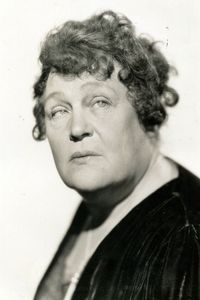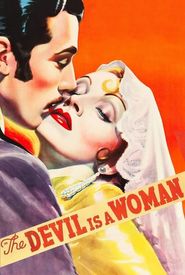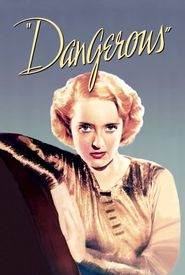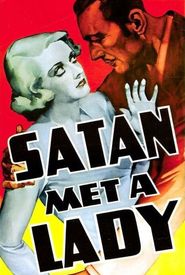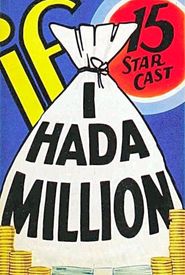Alison Skipworth, a celebrated patrician beauty with auburn hair, was a favorite model of English artist Frank Markham Skipworth, who would later become her husband. Born as a physician's daughter, she did not make her professional acting debut until the age of thirty-one, having been privately tutored by academics from Oxford University.
She eventually moved to stage acting to supplement her husband's meagre income, making her first performance in "A Gaiety Girl" at London's Daly Theatre in 1894. However, she soon left England for Broadway, joining Daniel Frohman's company at the Lyceum in New York, and toured in Shakespearean roles before becoming prolific in comedy plays on the 'Great White Way'.
Although many of these plays turned out to be conspicuous flops, Alison jumped at the opportunity to impose herself on the screen, carving a niche in Hollywood as imperious or seedy grand dames, dowagers and matrons. She often imbued these characters with her own adroit sense of humour.
Alison is most fondly remembered as a formidable foil to W.C. Fields in If I Had a Million (1932),Tillie and Gus (1933),Alice in Wonderland (1933),and Six of a Kind (1934). Other memorable turns included her role as Mrs. Mabel Jellyman, a hired tutor to a shady speakeasy proprietor, in Night After Night (1932),and her confrontation with Mae West on and off the set.
She also played Madame Barabas in Satan Met a Lady (1936),loosely based on Dashiell Hammett's "The Maltese Falcon", in which Alison played the female equivalent of the role later made famous by Sydney Greenstreet in the classic 1941 Warner Brothers version.
Alison retired from acting in 1942 after her Broadway swansong in "Lily of the Valley" and passed away ten years later at the venerable age of 88.
